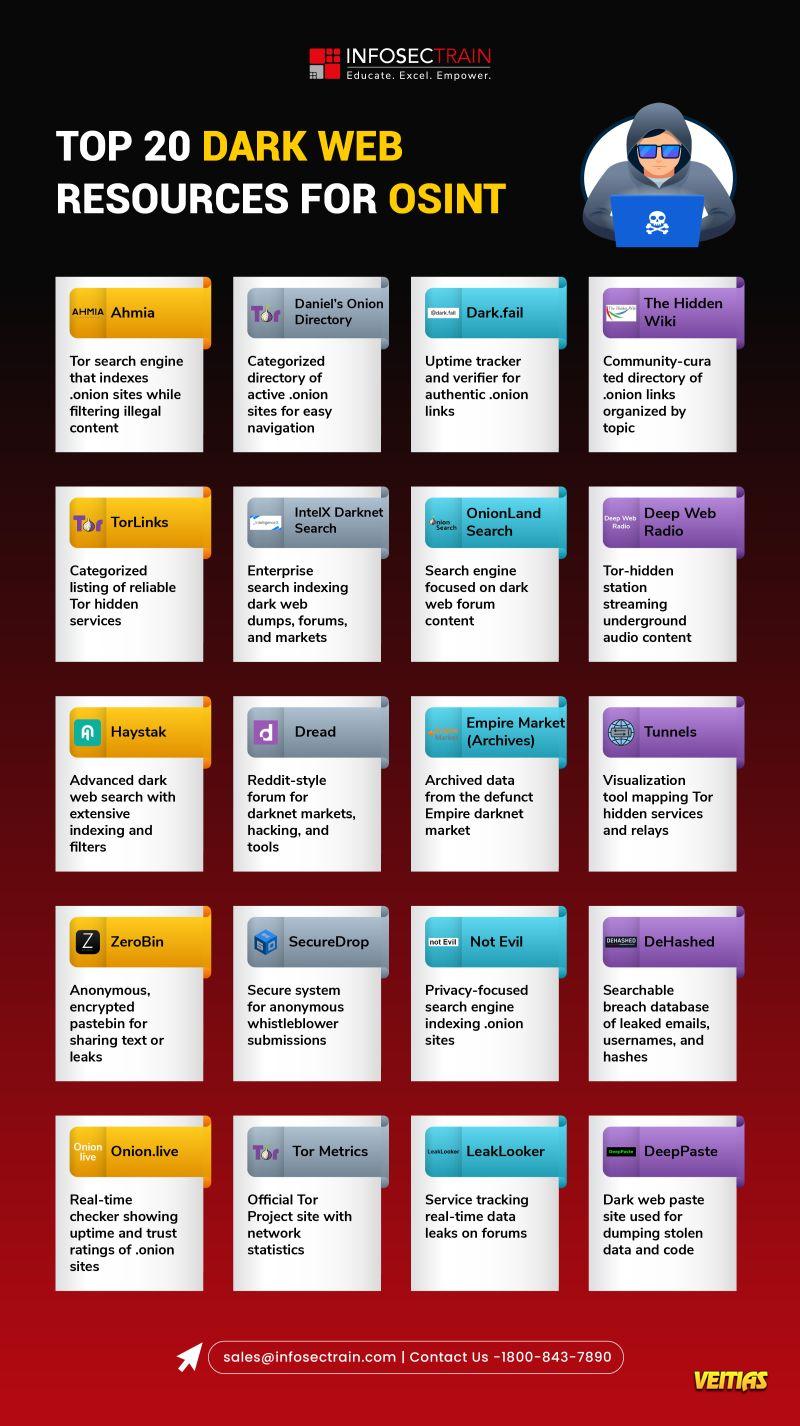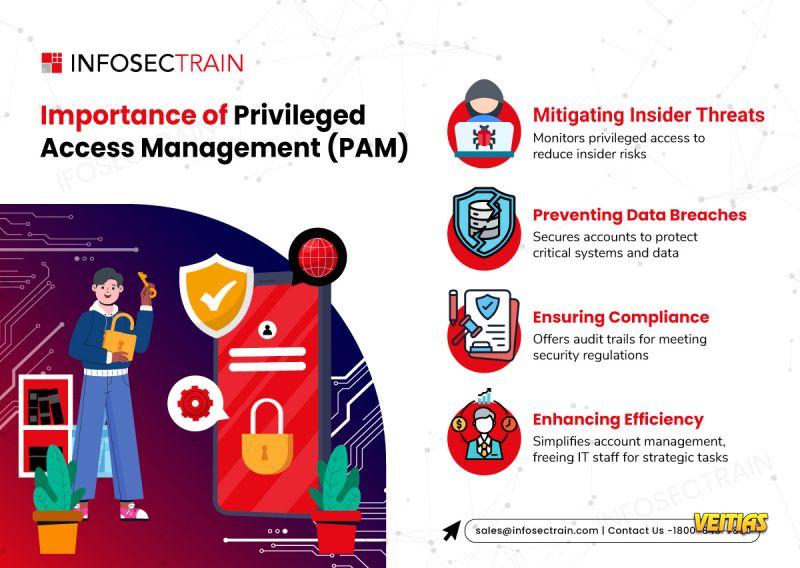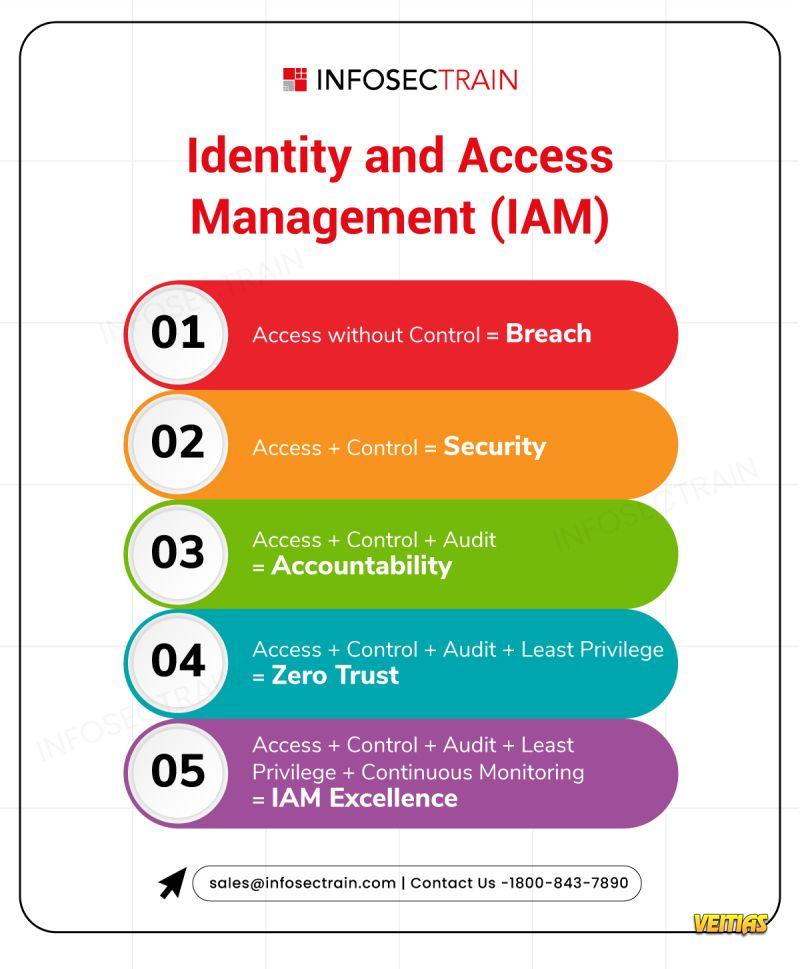𝐃𝐚𝐭𝐚 𝐏𝐫𝐢𝐯𝐚𝐜𝐲 𝐚𝐧𝐝 𝐒𝐞𝐜𝐮𝐫𝐢𝐭𝐲: 𝐓𝐨𝐝𝐚𝐲'𝐬 𝐁𝐮𝐬𝐢𝐧𝐞𝐬𝐬 𝐃𝐞𝐦𝐚𝐧𝐝𝐬!
In a data-driven world, privacy and security are not optional, they are mandatory. Organizations are under immense pressure to get ahead of the curve or face the risk of huge fines, or worse, data breaches, as a result of an increasing number of cyber threats and stringent regulations such as 𝐆𝐃𝐏𝐑 𝐚𝐧𝐝 𝐂𝐂𝐏𝐀.
Whether you need to prepare for an interview or simply want to enhance your data protection skillset, this resource has everything you need to master the tension between data privacy and security.
𝐑𝐞𝐚𝐝 𝐦𝐨𝐫𝐞 𝐡𝐞𝐫𝐞: https://www.infosectrain.com/blog/data-privacy-and-security-interview-questions-and-answers/
Advance your career with 𝐈𝐧𝐟𝐨𝐬𝐞𝐜 𝐓𝐫𝐚𝐢𝐧 𝐜𝐞𝐫𝐭𝐢𝐟𝐢𝐜𝐚𝐭𝐢𝐨𝐧 𝐜𝐨𝐮𝐫𝐬𝐞𝐬 and established yourself as a dependable specialist in data compliance and protection.
#DataPrivacy #CyberSecurity #InfoSecTrain #DataProtection #GDPR #CCPA #PrivacyByDesign #CyberAwareness #SecurityCompliance
In a data-driven world, privacy and security are not optional, they are mandatory. Organizations are under immense pressure to get ahead of the curve or face the risk of huge fines, or worse, data breaches, as a result of an increasing number of cyber threats and stringent regulations such as 𝐆𝐃𝐏𝐑 𝐚𝐧𝐝 𝐂𝐂𝐏𝐀.
Whether you need to prepare for an interview or simply want to enhance your data protection skillset, this resource has everything you need to master the tension between data privacy and security.
𝐑𝐞𝐚𝐝 𝐦𝐨𝐫𝐞 𝐡𝐞𝐫𝐞: https://www.infosectrain.com/blog/data-privacy-and-security-interview-questions-and-answers/
Advance your career with 𝐈𝐧𝐟𝐨𝐬𝐞𝐜 𝐓𝐫𝐚𝐢𝐧 𝐜𝐞𝐫𝐭𝐢𝐟𝐢𝐜𝐚𝐭𝐢𝐨𝐧 𝐜𝐨𝐮𝐫𝐬𝐞𝐬 and established yourself as a dependable specialist in data compliance and protection.
#DataPrivacy #CyberSecurity #InfoSecTrain #DataProtection #GDPR #CCPA #PrivacyByDesign #CyberAwareness #SecurityCompliance
🔒 𝐃𝐚𝐭𝐚 𝐏𝐫𝐢𝐯𝐚𝐜𝐲 𝐚𝐧𝐝 𝐒𝐞𝐜𝐮𝐫𝐢𝐭𝐲: 𝐓𝐨𝐝𝐚𝐲'𝐬 𝐁𝐮𝐬𝐢𝐧𝐞𝐬𝐬 𝐃𝐞𝐦𝐚𝐧𝐝𝐬!
In a data-driven world, privacy and security are not optional, they are mandatory. Organizations are under immense pressure to get ahead of the curve or face the risk of huge fines, or worse, data breaches, as a result of an increasing number of cyber threats and stringent regulations such as 𝐆𝐃𝐏𝐑 𝐚𝐧𝐝 𝐂𝐂𝐏𝐀.
Whether you need to prepare for an interview or simply want to enhance your data protection skillset, this resource has everything you need to master the tension between data privacy and security.
👉𝐑𝐞𝐚𝐝 𝐦𝐨𝐫𝐞 𝐡𝐞𝐫𝐞: https://www.infosectrain.com/blog/data-privacy-and-security-interview-questions-and-answers/
👉 Advance your career with 𝐈𝐧𝐟𝐨𝐬𝐞𝐜 𝐓𝐫𝐚𝐢𝐧 𝐜𝐞𝐫𝐭𝐢𝐟𝐢𝐜𝐚𝐭𝐢𝐨𝐧 𝐜𝐨𝐮𝐫𝐬𝐞𝐬 and established yourself as a dependable specialist in data compliance and protection.
#DataPrivacy #CyberSecurity #InfoSecTrain #DataProtection #GDPR #CCPA #PrivacyByDesign #CyberAwareness #SecurityCompliance
0 Comentários
0 Compartilhamentos
3445 Visualizações
0 Anterior










